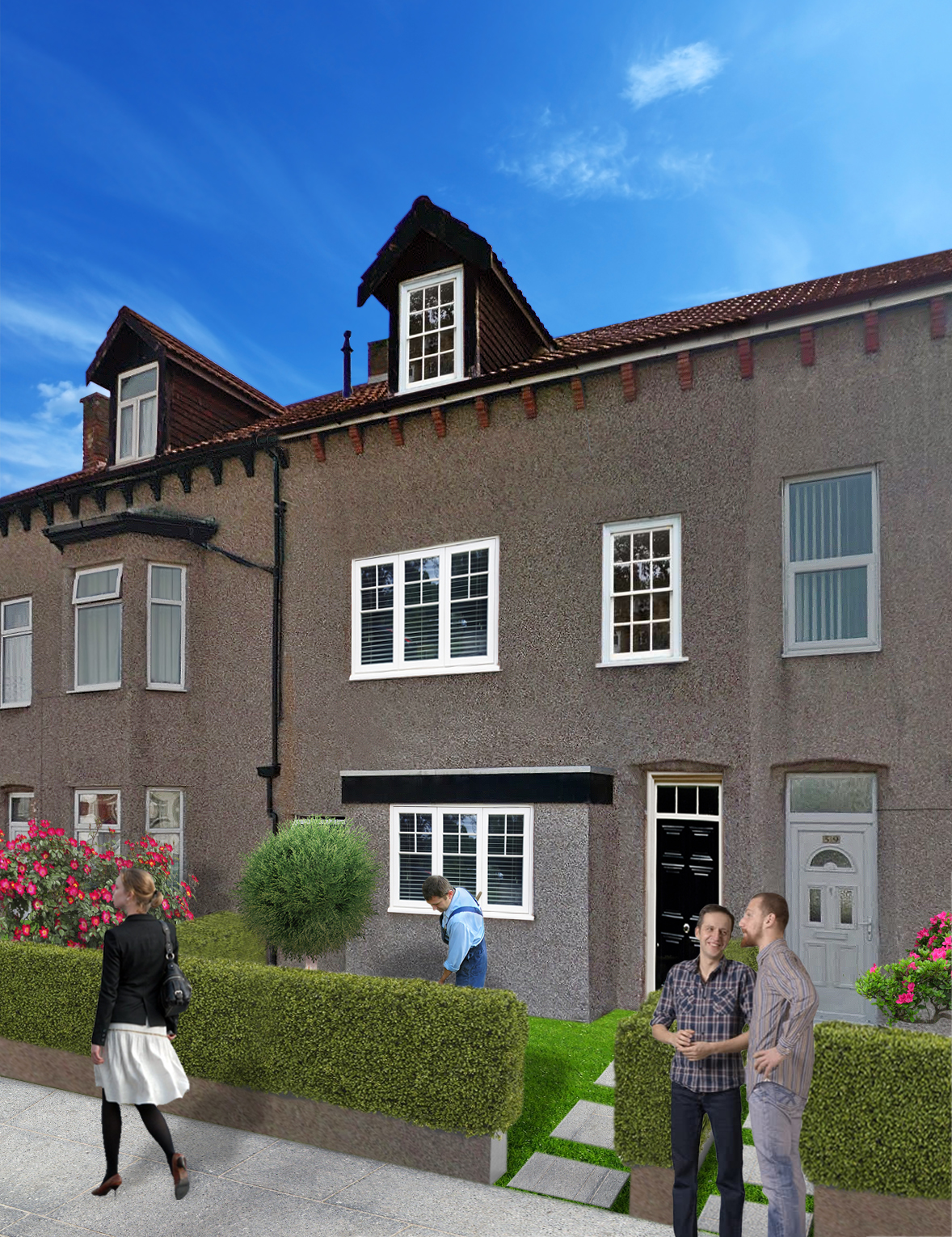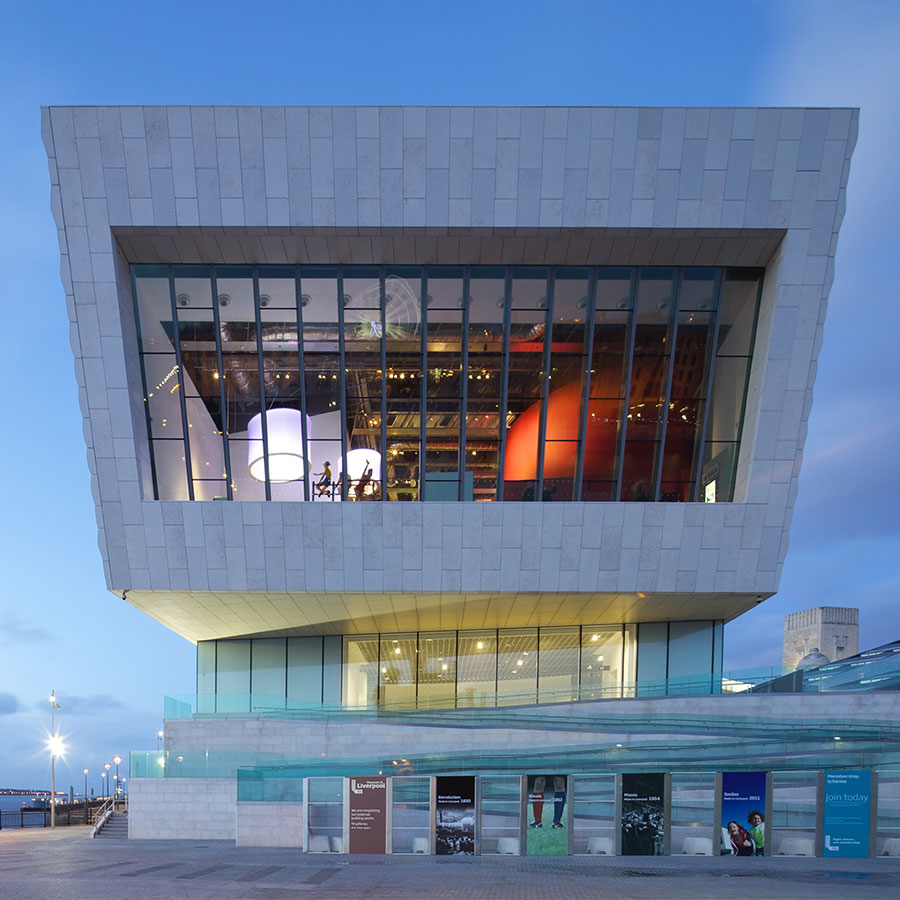 With South Africans focusing on offshore investment options, many are looking at the UK for property investment opportunities. Over the past months, and even with the uncertainty of Brexit, the residential property market has revealed some excellent deals for savvy investors.
With South Africans focusing on offshore investment options, many are looking at the UK for property investment opportunities. Over the past months, and even with the uncertainty of Brexit, the residential property market has revealed some excellent deals for savvy investors.
“We have seen a surge in people wanting to invest offshore, and more and more exchanging rands into sterling than ever before,” says Anthony Doyle, a director of Propwealth, a South African-run, and UK-based property investment company. “The UK property market is still seen as a safe bet and is very risk averse, which is a perfect foundation for people wanting to safeguard their savings.”
He says what attracted them as investors to the UK, was the fact that everything is transparent from the legal processes to landlord licensing and protection of both landlord and tenant rights. However, Doyle cautions that it is important for investors to take a medium- to long-term outlook of 5 to 12 years in this market.
Many South Africans have invested in the UK over the years and the successful ones always have a vision and a goal, which is to invest for the long term and enjoy passive income based on solid returns.
Furthermore, there has been a definite shift amongst future “retirees” to take more control of their income streams rather than to hand savings over to third parties. Property allows them to be more involved with the yields, the investment returns and understanding the costs involved.
What is causing this demand in UK investment property?
– The UK is seen as a safe investment location as many South Africans have some sort of connection to the country be it via family, a common language and similar customs, or perhaps simply as a travel destination.
– Many South Africans already have available funds sitting offshore, which are attracting very low rates of interest in banks. People are looking at ways to maximise their returns. A bricks and mortar investment is one of the most popular.
– Sterling is seen as a rand hedge and many investors might be converting sterling back to rands in the future. ZAR has depreciated over the years and the general consensus is that it will continue to do so. With a sterling income plus the enjoyment that a South African lifestyle affords, the savvy investor can plan a well-balanced medium-term investment strategy.
– There is massive and growing demand for residential property in the UK. It is expected that the population will grow beyond 70 million by 2027 with over 9 million people residing in the Greater London area alone. Outside Greater London, buy-to-let areas like Liverpool have attracted many new jobs on the back of UK and international investment of nearly £6 billion.
– At the moment, many cash-generating properties in the UK are still affordable even with today’s rate of exchange.
– The UK has a growing economy with a strong work ethic, a large tax-paying middle class, plus a new phenomenon developing known as “Generation Rent”. By 2020, reports predict that nearly 4 million people under 38 will still be unable to get on the property ladder. This will result in a developing, stable tenant market, which is excellent for the buy-to-let investor.
– The UK government will simply not be delivering enough homes in the medium term. There is a shortfall of over 100 000 homes per year, so the local councils are relying heavily on buy to let properties to accommodate this shortfall.
“Investors looking for passive income are following a two-tier process,” says Doyle. “They look at the bigger cities for long-term, sustainable capital growth with lower yields, and places like Liverpool, with high yields, for immediate cash flow return. In this way a strong portfolio begins to develop as investors are effectively getting the best of both worlds”.
He advises investors to focus on 4 key risk-reducing aspects when it comes to UK buy-to-let property:
1. Identify the area first
Transport, regeneration, and plenty of tenants are key. The North of the UK is undergoing huge investment and cities like Liverpool are surging ahead.
2. Be yield driven
Have no emotions – look at yields only. Bear in mind the hidden costs when calculating the net yields. These include levies, ground rents, mortgages, and void periods. Propwealth’s Investment Due Diligences cover all these aspects.
An October 2017 survey by TotallyMoney provides both an interesting insight into the market and a useful tool for buy-to-let landlords, revealing that the north of England, and in particular Liverpool, currently offers the highest rental yields. The city is listed in the top three posistions according to Liverpool postal codes
New research shows that in the medium term buy-to-let landlords can expect to achieve double-digit yields when investing up North.
3. Identify the type of properties
“There are two ways to invest in real estate in the UK,” says Doyle.” One is off-plan by sourcing a reputable developer who might be currently offering discounts from 10% + off prices.” This improves yields and allows the savvy investor cash-flow management, as only 10% – 20% needs to be paid with the remaining amount required up to 1 or 2 years later upon completion. This style of investing can be found in Manchester, Birmingham and outer London.
The most lucrative long-term strategy, however, is in regenerating cities like Liverpool. Investors acquire one and two bedroom flats in converted Victorian or Edwardian houses, which are rented separately to blue collar workers like taxi drivers, nurses, council workers, etc. These properties are often in established areas, are characterful, structurally sound and attract tenants quickly.
4. Your support team
Build a strong team including good solicitors, rental agents, maintenance companies and tax advisors. Propwealth has set up a support team to assist all their investors in long-distance investing.
Doyle says they offer South African investors a fully managed service plus exceptional investment properties in Liverpool and currently Manchester.
In Liverpool, real estate prices start at £46 000 with 9-10% gross returns (excluding capital growth) and in other cities prices start from £200 000 with 5% gross returns. It has become a trend that once South Africans have bought one property and understand the nuances of the legalities, tenanting and income, they then often move to portfolio building.
“There is a clear strategy involved here,” says Craig Illman, a fellow director. “Property is a medium- to long-term investment, so this meets many people’s goals to create a sustainable income stream for the future.”
He continues, “The UK is a softer and easier market in which to buy property and it’s very similar to South Africa in the way the legalities work. Approximately one in 10 UK residents have a buy-to-let property, so why shouldn’t South Africans get involved as well?”
Anthony Doyle and Craig Illman from Propwealth will be in Johannesburg on 4 December, and Cape Town on 12 December 2017. They are buy-to-let investors in the UK and will be launching a series of new property opportunities yielding 9% gross. The company offers a complete beginning-to-end solution to assist distance investing.
For more information, send an email or visit www.propwealth.co.uk


